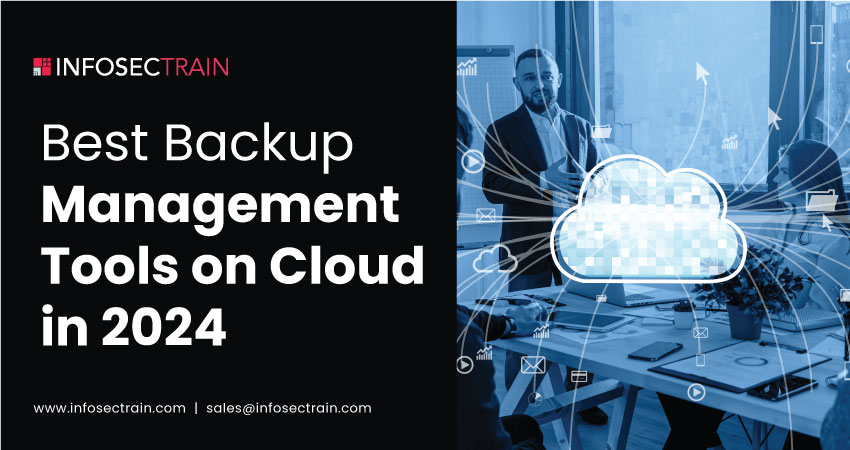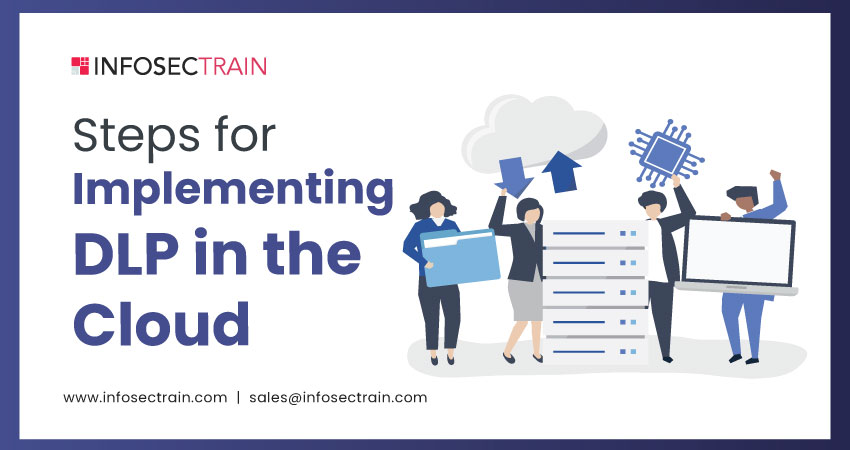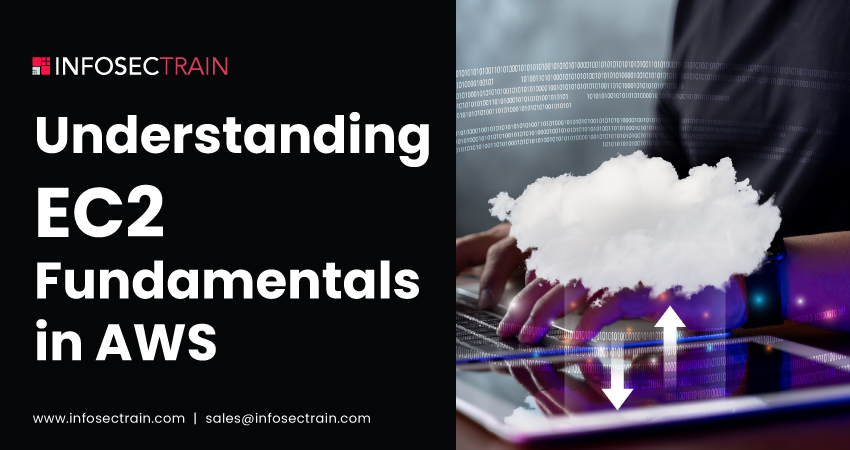AZ-104T00 Microsoft Azure Administrator
Module 01 – Administer Governance and Compliance
- Introduction
- Identify regions
- Implement Azure subscriptions
- Obtain a subscription
- Create resource groups
- Determine resource limits
- Create an Azure resource hierarchy
- Apply resource tagging
- Manage costs
Module 02 – Configure Azure Policy
- Introduction
- Implement Azure policy
- Create Azure policies
- Create policy definitions
- Create initiative definitions
- Scope the initiative definition
- Determine compliance
Module 03 – Configure Role Based Access Control
- Introduction
- Compare Azure RBAC roles to Azure AD roles
- Create a role definition
- Create a role assignment
- Apply RBAC authentication
- Determine Azure RBAC roles
Module 04 – Configure Azure Resources with Tools
- Introduction
- Use the Azure portal
- Demonstration Azure portal
- Use Azure cloud shell
- Demonstration cloud shell
- Use Azure powerShell
- Deploy template
Module 05 – Administer Virtual Networking
- Introduction
- Plan virtual networks
- Create subnets
- Create virtual network
- Plan IP addressing
- Create public IP addresses
- Associate public IP addresses
- Associate private IP addresses
Module 06 – Configure Azure DNS
- Introduction
- Identify domains and custom domains
- Verify custom domain names (optional)
- Create Azure DNS zones
- Delegate DNS domain
- Add DNS record sets
- Plan for private DNS zones
- Determine private zones scenarios
Module 07 – Administer Azure Virtual Machines
Configure Virtual Machines Configure
- Introduction
- Review cloud services-responsibilities
- Plan virtual machines
- Determine virtual machine sizing
- Determine virtual machine storage
- Demonstration –create virtual machines
- Connect to virtual machines
Module 08 – Virtual Machine Availability
- Introduction
- Plan for maintenance and downtime
- Setup availability sets
- Review update and fault domains
- Review availability zones
- Compare vertical and horizontal scaling
- Create scale sets
- Configure auto scale
Module 09 – Administer PaaS Compute Options
Configure App Service Plans
- Introduction
- Implement Azure app service plans
- Determine app service plan pricing
- Scale up and scale out the app service
- Configure app service plan scaling
Module 10 – Administer Data Protection
Configure File and Folder Backups
- Introduction
- Describe Azure backup benefits
- Implement azure backup center
- Setup recovery service vault backup options
- Demonstration – backup Azure file shares
- Configure on-premises file and folder backups
- Manage the Azure recovery services agent
AZ-500T00A: Microsoft Azure Security Technologies
Learning Path 1: Manage Identity and Access
Module 1 – Secure Azure Solution with Azure Active Directory
- Configure Azure AD and Azure AD domain services for security
- Create users and groups that enable secure usage of your tenant
- Use MFA to protect user’s identities
- Configure password less security options
Module 2 – Implement Hybrid Identity
- Deploy Azure AD connect
- Pick and configure that best authentication option for your security needs
- Configure password writeback
Module 3 – Deploy Azure AD Identity Protection
- Deploy and configure identity protection
- Configure MFA for users, groups, and applications
- Create conditional access policies to ensure your security
- Create and follow an access review process
Module 4 – Configure Azure AD Privileged Identity Management
- Describe zero trust and how it impacts security
- Configure and deploy roles using privileged identity management (PIM)
- Evaluate the usefulness of each PIM setting as it relates to your security goals
Module 5 – Design an Enterprise Governance Strategy
- Explain the shared responsibility model and how it impacts your security configuration
- Create Azure policies to protect your solutions
- Configure and deploy access to services using RBAC
Learning Path 2: Implement Platform Protection
Module 1 – Implement Perimeter Security
- Define defense in depth
- Protect your environment from denial-of-service attacks
- Secure your solutions using firewalls and VPNs
- Explore your end-to-end perimeter security configuration based on your security posture
Module 2 – Configure Network Security
- Deploy and configure network security groups to protect your Azure solutions
- Configure and lockdown service endpoints and private links
- Secure your applications with application gateway, web app firewall, and front door
- Configure expressroute to help protect your network traffic
Module 3 – Configure and Manage Host Security
- Configure and deploy endpoint protection
- Deploy a privileged access strategy for devices and privileged workstations
- Secure your virtual machines and access to them
- Deploy Windows Defender
- Practice layered security by reviewing and implementing security center and security benchmarks
Module 4 – Enable Containers Security
- Define the available security tools for containers in azure
- Configure security settings for containers and kubernetes services
- Lock down network, storage, and identity resources connected to your containers
- Deploy RBAC to control access to containers
Learning Path 3: Secure your Data and Applications
Module 1 – Deploy and Secure Azure Key Vault
- Define what a key vault is and how it protects certificates and secrets
- Deploy and configure Azure Key Vault
- Secure access and administration of your key vault
- Store keys and secrets in your key vault
- Explore key security considers like key rotation and backup / recovery
Module 2 – Configure Application Security Features
- Register an application in Azure using app registration
- Select and configure which Azure AD users can access each application
- Configure and deploy web app certificates
Module 3 – Implement storage security
- Define data sovereignty and how that is achieved in Azure
- Configure Azure Storage access in a secure and managed way
- Encrypt your data while it is at rest and in transit
- Apply rules for data retention
Module 4 – Configure and Manage SQL Database Security
- Configure which users and applications have access to your SQL databases
- Block access to your servers using firewalls
- Discover, classify, and audit the use of your data
- Encrypt and protect your data while is it stored in the database.
Learning Path 4: Manage Security Operation
Module 1 – Configure and manage Azure Monitor
- Configure and monitor Azure Monitor
- Define metrics and logs you want to track for your Azure applications
- Connect data sources to and configure Log Analytics
- Create and monitor alerts associated with your solutions security
Module 2 – Enable and Manage Microsoft Defender for Cloud
- Define the most common types of cyber-attacks
- Configure Azure Security Center based on your security posture
- Review Secure Score and raise it
- Lock down your solutions using Security Center and Defender
- Enable Just-in-Time access and other security features
Module 3 – Configure and Monitor Microsoft Sentinel
- Explain what Azure Sentinel is and how it is used
- Deploy Azure Sentinel
- Connect data to Azure Sentinel, like Azure Logs, Azure AD, and others
- Track incidents using workbooks, playbooks, and hunting techniques














 5th Sep: Weekend
5th Sep: Weekend 




 I just wanted to take a moment to thank you for the great AZ-500 training sessions you have provided. Your expertise and knowledge of the subject matter have been invaluable in helping me to understand and apply what I have learned. Your enthusiasm and po
I just wanted to take a moment to thank you for the great AZ-500 training sessions you have provided. Your expertise and knowledge of the subject matter have been invaluable in helping me to understand and apply what I have learned. Your enthusiasm and po


 Certified & Experienced Instructors
Certified & Experienced Instructors Post Training Support
Post Training Support Customized Training
Customized Training Flexible Schedule
Flexible Schedule Access to Recorded Sessions
Access to Recorded Sessions 



 1800-843-7890 (India)
1800-843-7890 (India) 
